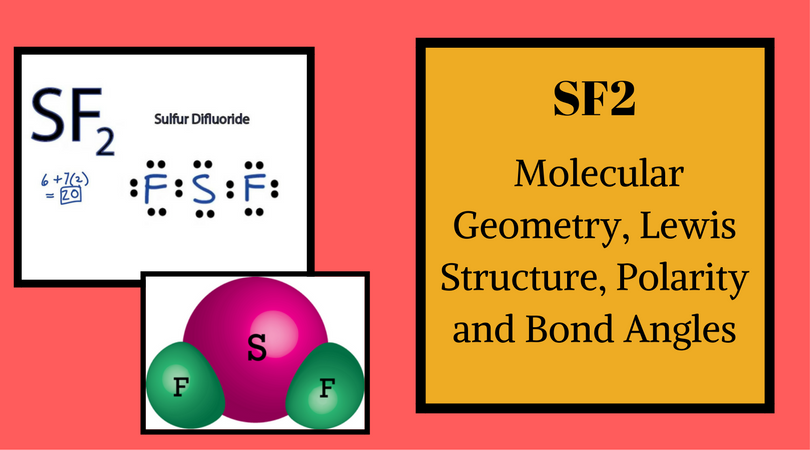BrF3, or what is commonly known as Bromine Trifluoride, is a fluorinating agent and an interhalogen compound. Existing in a liquid form, this compound is used in the synthesis of other compounds and chemicals. Bromine Trifluoride is a T-shaped molecule, having Bromine as the central atom. To know more about its geometry and other characteristics, it is essential to understand the lewis structure for BrF3.
A Lewis dot structure or electron dot structure is a diagram that shows the bondings of the atoms in the molecule along with their lone pairs. The bonds in the diagram are shown by using lines, whereas the lone pairs are represented as dots. This structure helps understand the pattern distribution of the electrons in the compound and its molecular geometry.
Each molecule tends to follow the octet rule in which the outer shell of the atom needs to have eight electrons to be stable and non-reactive. Atoms tend to form bonds in order to complete their octet and become stable. Lewis structure also relies on this rule, as the atoms in a molecule share their valence electrons and form bonds in order to complete their octet. So to understand the Lewis Dot structure of BrF3, let’s first know some basic details needed to make this structure.
BrF3 Valence Electrons
Bromine has seven electrons in its valence shell, and fluorine also has seven electrons in its outer shell. To get the total number of valence electrons, we have to add all these electrons:
Br = 7 electrons
F= 7*3= 14 electrons ( as there are three fluorine atoms, we will multiply the number of valence electrons too)
Hence the total number of valence electrons for BrF3 is 28. Now that we know the valence electrons in the molecule, we can start with making the Lewis diagram for the compound.

Lewis Dot Structure for BrF3
As mentioned above, Bromine is the central atom in this compound surrounded by the three atoms of Flourine. Each atom in this molecule has seven valence electrons, so you can keep seven dots around each atom in the compound.
Now, as there are three Fluorine atoms, the electrons in its outer shell will form a bond with the electrons in the outer shell of the Bromine.
Hence the octet rule for all three Fluorine atoms will be satisfied as it only needs one electron to complete its octet and become stable. All the Fluorine atoms now share a bond with Bromine, represented by drawing lines between Br-F. Following the bond formation, three out of seven valence electrons from Bromine’s outer shell have formed bonds. Four of these valence electrons are still remaining in the outer shell of the Bromine atom.
Hence there are three bonded pairs of electrons and two lone pairs in the Lewis structure of BrF3. The Lewis structure of BrF3 will have three bonds between Br-F represented by lines and four nonbonding electrons represented as four dots on the Bromine atom.
How many lone pairs are on the central atom of BrF3?
As three electrons out of seven form a bond with the valence electrons in the Fluorine atom, there are four nonbonding electrons on the central atom of BrF3. Hence there are two lone pairs of electrons or four nonbonding electrons on the central atom ( Bromine) of BrF3.
Concluding Remarks
Bromine Flouride has 28 valence electrons, which result in forming three bonds in the molecule and two lone pairs of electrons on the Bromine atom. The hybridization of the central atom is sp3d, but to minimize the repulsion between the lone pairs, the shape of the molecule is bent instead of trigonal pyramidal.




